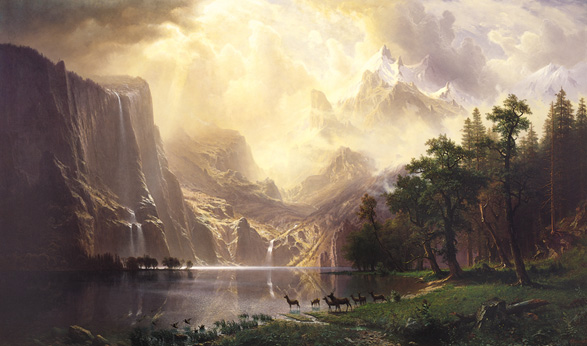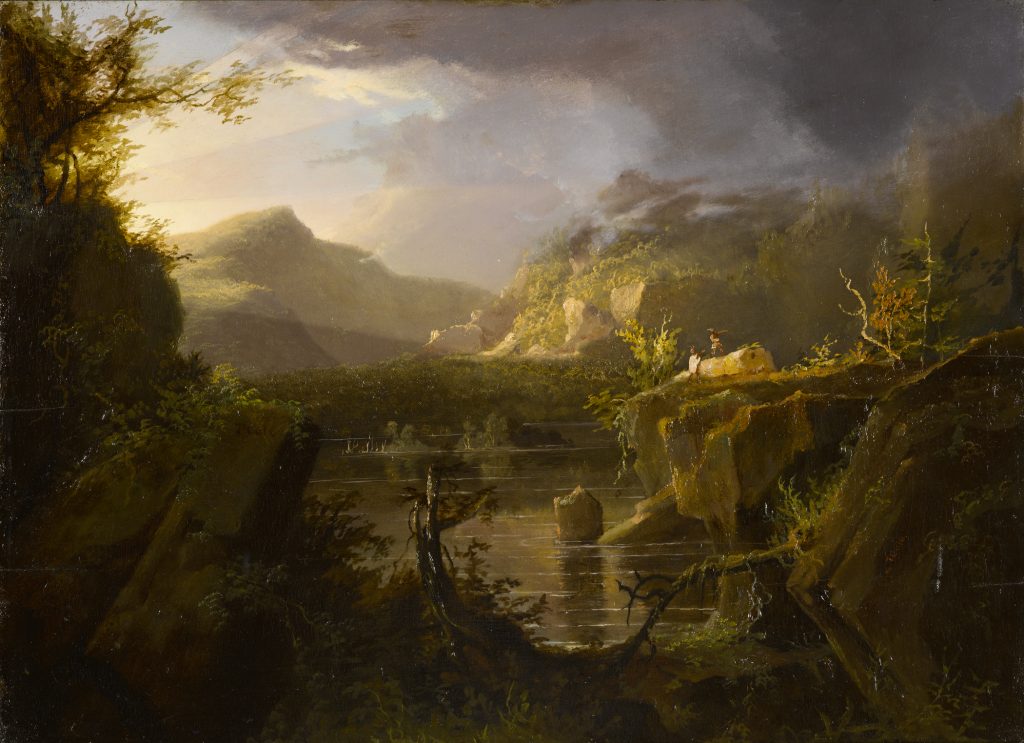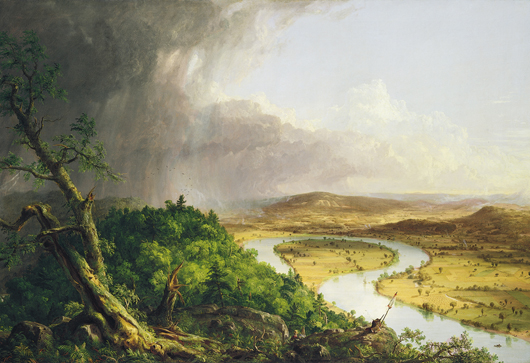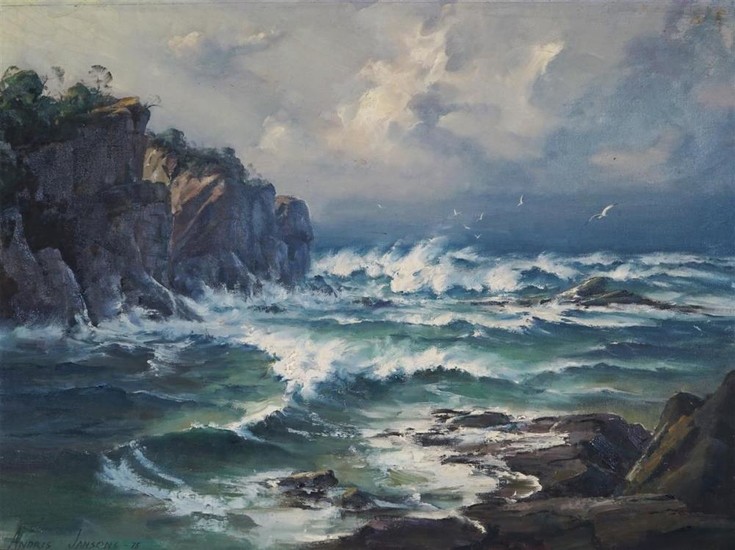Romanticism was a particular movement in art that occurred during the first half of the 19th century. Romanticism placed particular emphasis on emotion, horror, awe , terror and individualism, along with a glorification of the past. Painters, poets, photographers and writers drew particular inspiration from nature and celebrated the purity of nature. Emotion and feeling were central in how it should be read. Looking back to these images from our point in time, we see romanticism is linked as a response to the industrialisation of the world. The whole of the Western world was transforming, at what people at the time saw at an impossible speed, away from the agrarian past to one of mechanisation. Romanticism as a movement came to and end when realism emerged in the late 1840s.
Romanticism was also used in many of the other art forms. It was used in art in the early nineteenth century to describe the movement in art and literature distinguished by a new interest in human psychology, expression of personal feeling and interest in the natural world. The overall characteristic was a new emotionalism in contrast to the ideas of classical restraint. Romanticism celebrated the individual imagination and intuition in the search for individual rights and liberty. Its ideals of the creative, subjective powers of the artist fueled avant-garde movements well into the 20th century. The most common way artists would express romanticism in art form was through paintings.






